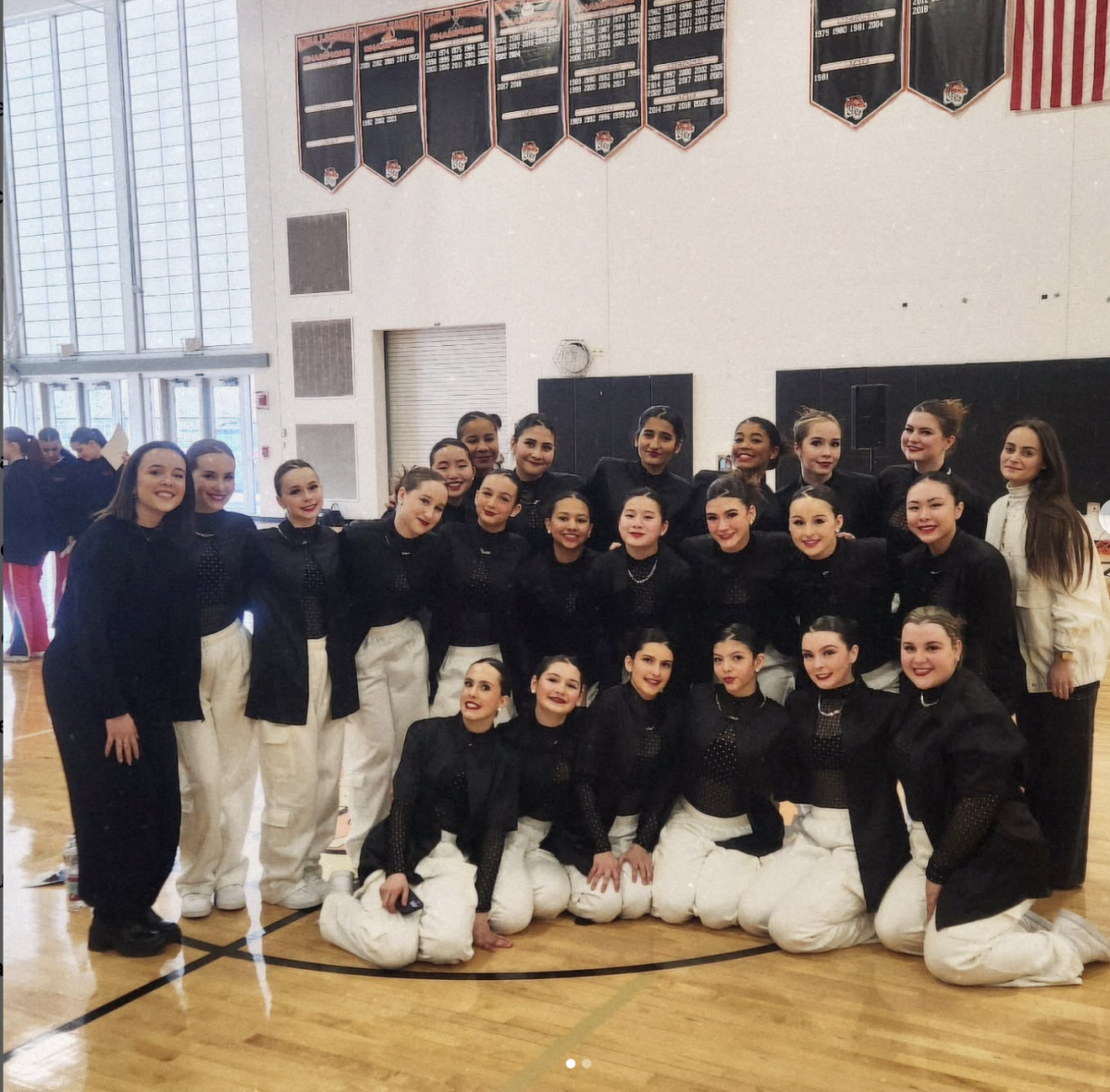by Douglas Abrams
Poor parsley. Poor, poor parsley. It must feel so dejected and alienated—marginalized in the corner of the food world. “You’re just a garnish parsley, you’re not a real ingredient!” (something I imagine an evil chef saying).
Well, you know what, Parsley? You’re more than just a garnish! Yes! You’re a real ingredient. And I love cooking with you! So, you know what? Just out of spite for all the evil chefs in the world and for everybody who hates green things, I decided last week to put you on a little herb pedestal and show off what you can do. And it was great.
I started by cooking a parsley salad. This was a little bit cutting edge, as parsley is seldom every used as a green to be eaten like lettuce. I plucked four cups of parsley leaves off of their stems and put them in a bowl whole. Next, I made a simple vinaigrette with three tablespoons of lemon juice and two tablespoons of extra virgin olive oil (I used the highest quality stuff I could find because I’m not cooking it). I finished it by adding a pinch of salt and a pinch of pepper. That’s it.
I tossed the parsley in the dressing just until it was coated.
This salad is clean and fresh and bright. The acidity of the lemon bumps up the freshness that comes from the parsley and the olive oil provides just enough fatyness to provide a little bit of richness. Even though it has only three ingredients, it’s balanced and complex.
Next, I made a parsley pesto. Typically, pesto is made with basil. But the parsley added a nice twist—it was fresh and clean and pure. I started by picking two cups of parsley and putting the leaves in a food processor. Next, I turned on the processor, added a clove of garlic, a half cup of parmesan cheese, and almonds.
This is another deviation from the typical pesto, which is usually made with pine nuts. The almonds are crunchy and impart a rough texture.
Process the ingredients together until everything comes together in a dark green paste. Then, stream in a quarter cup of extra virgin olive oil (the same good stuff the I used in the salad) into the pesto through the processor’s feeder shoot. Add salt and pepper to taste.
I love making pestos because I can use them in a million ways. They are a great way to dress pasta. Just thin the pesto out with a cup spoonful of the hot, starchy pasta cooking water and toss the sauce with the pasta and some more Parmesan cheese. I also like using pestos to dress salads and as a topping on pizza.
I said it once and I’ll say it again: parsley’s pretty great. It’s versatile, fresh, clean, and, above all, delicious.
Categories:
The Student foodie: Unappreciated ingredients part one
June 10, 2014
The Student Foodie: This blog follows seasonal trends in culinary arts and offers fun and creative recipes that are easy for anybody to make. Check out more blog posts at theNewtonite.com. Graphic made by Julia Moss.
0
Donate to The Newtonite
More to Discover














































